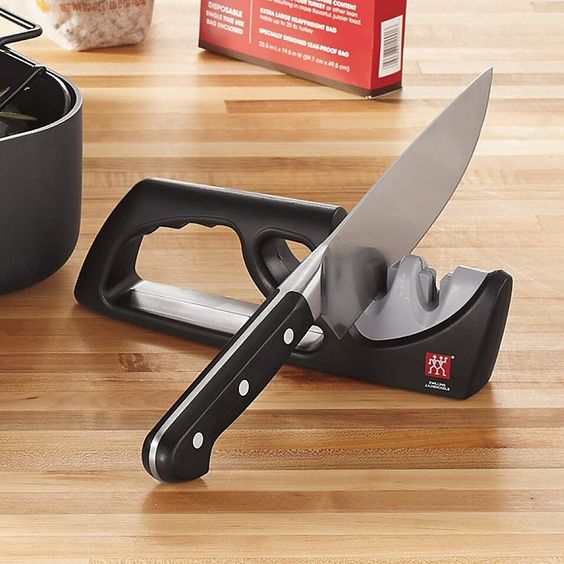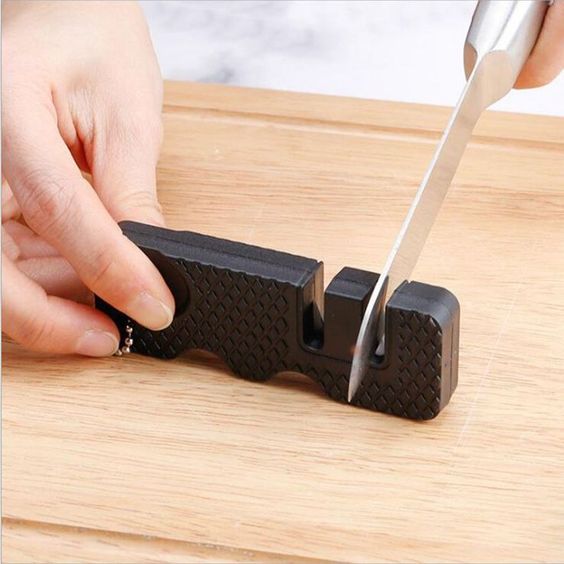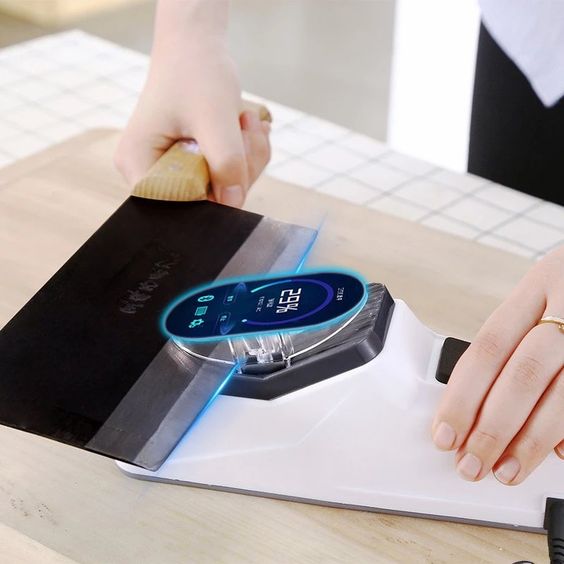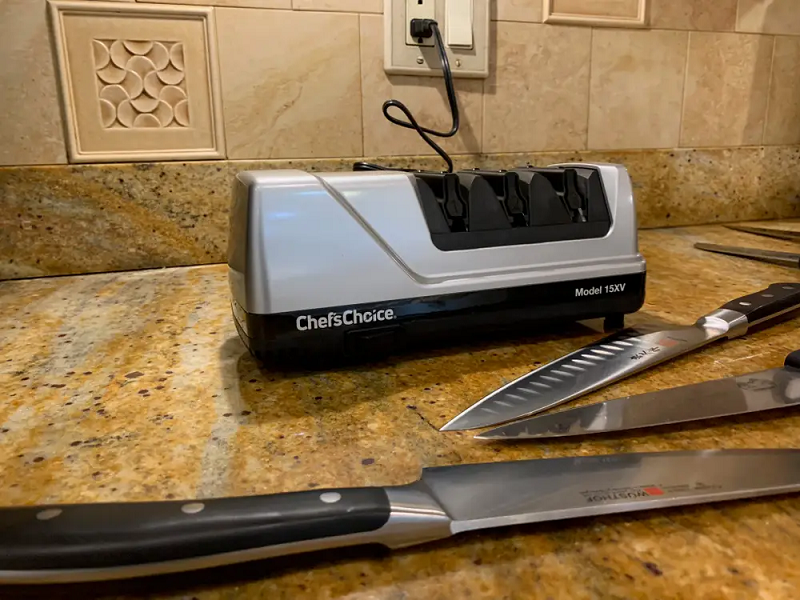Queenangelo.com – If you are wondering how to sharpen knives, you should check out an Old Knife Sharpener. This antique Victorian knife sharpener was produced by Kent’s of London England in the 1880s. It features two sharpening stones and multiple chutes for cleaning powders. A hand crank is used to turn the stone and sharpen the blade. To maintain a sharp knife blade, the sharpening stone should be regularly cleaned.
Tricks for Caring for Knives to Always Sharp
While you can send your knives to a professional for sharpening, this method is time-consuming and expensive. You may have to spend a few dollars to sharpen one or two knives. A sharpener that you can use at home is not cheap, but if you frequently sharpen knives and they are old and dull, it will pay for itself over time. So what are you waiting for? Give an Old Knife Sharpener a try today!
An old knife sharpener will give you the same results as a modern one, but with a more portable design. The blade will glide back and forth over the stone until it reaches the desired sharpness. And if you’ve never used an old knife sharpener before, make sure to restore the wood handles before using them. A well-maintained vintage sharpener will also last for many years.

A few years ago, a kitchen knife sharpener resembled a toolbox for sharpening knives. You can buy one that’s compatible with your kitchen knives and sharpens them with ease. But if you’re looking for an old knife sharpener with a few more features, consider buying a different brand. Soak the knife in water before using it to sharpen it. Then, let the sharpener dry before you use it again.
Considerations in Choosing a Knife
Another method is to use a black felt pen to mark the edge of the knife. While working on the edge of your knife, make sure you follow the same angle and stroke for the edge as you did when it was new. In this way, you will be able to see and feel whether the knife’s edge is sharp enough or if it is too dull. A good guideline is to follow the same angle and grind as when you bought it.
The old knife sharpener is made of two types of abrasive stones. The coarse side helps grind the blade into shape quickly, while the smooth side adds a sharp edge and smooth finish. It also helps remove the tiny, barely visible edges from the knife’s edge. A sharp knife can last for years, and this tool will help you maintain a sharp edge for a long time. It’s the perfect investment to sharpen your knives.

Unlike the Sharpening Steels, manual knife sharpeners are considered countertop utensils. The stone is usually small and diamond coated, and they contain a guide that helps you set the angle of the blade. In general, four to six draws are enough to keep the blade sharp. However, you may need to repeat this process at least once a week to keep it sharp. If you have the time, you can use a manual sharpener on a regular basis.
Benefits of Using an Electric Knife Sharpene
This sharpener has many advantages. Unlike the old sharpener, it works faster and can restore dull knives. Its electrical motor is weaker than that of the Trizor XV and is recommended for those who don’t have much experience with hand-holding sharpening. The blade of an old knife sharpener is more likely to survive a few touch-ups every few months, so you can save your money.
One of the benefits of using an electric knife sharpener is that it helps to redefine the angle of the knife blade. Most decent knives are designed with a 15-degree angle, while older European knives are made with a twenty to twenty-degree angle. The wider the angle, the harder the edge wears, while a 15-degree angle is ideal for fine-sharpening. When sharpening a knife, you can also use the honing steel to restore the original geometry of the blade.

Another benefit of using a ceramic honing steel is that it produces less friction than a traditional steel honing stone. This is a great feature if you are trying to sharpen a blade made of a harder steel. The steel honing stone can also chip a blade, so it is important to choose a knife sharpener with a slightly coarser surface. A ceramic honing stone may be better for mild steel knives, but the ceramic hones may be more abrasive for your blade.

Leave a Reply